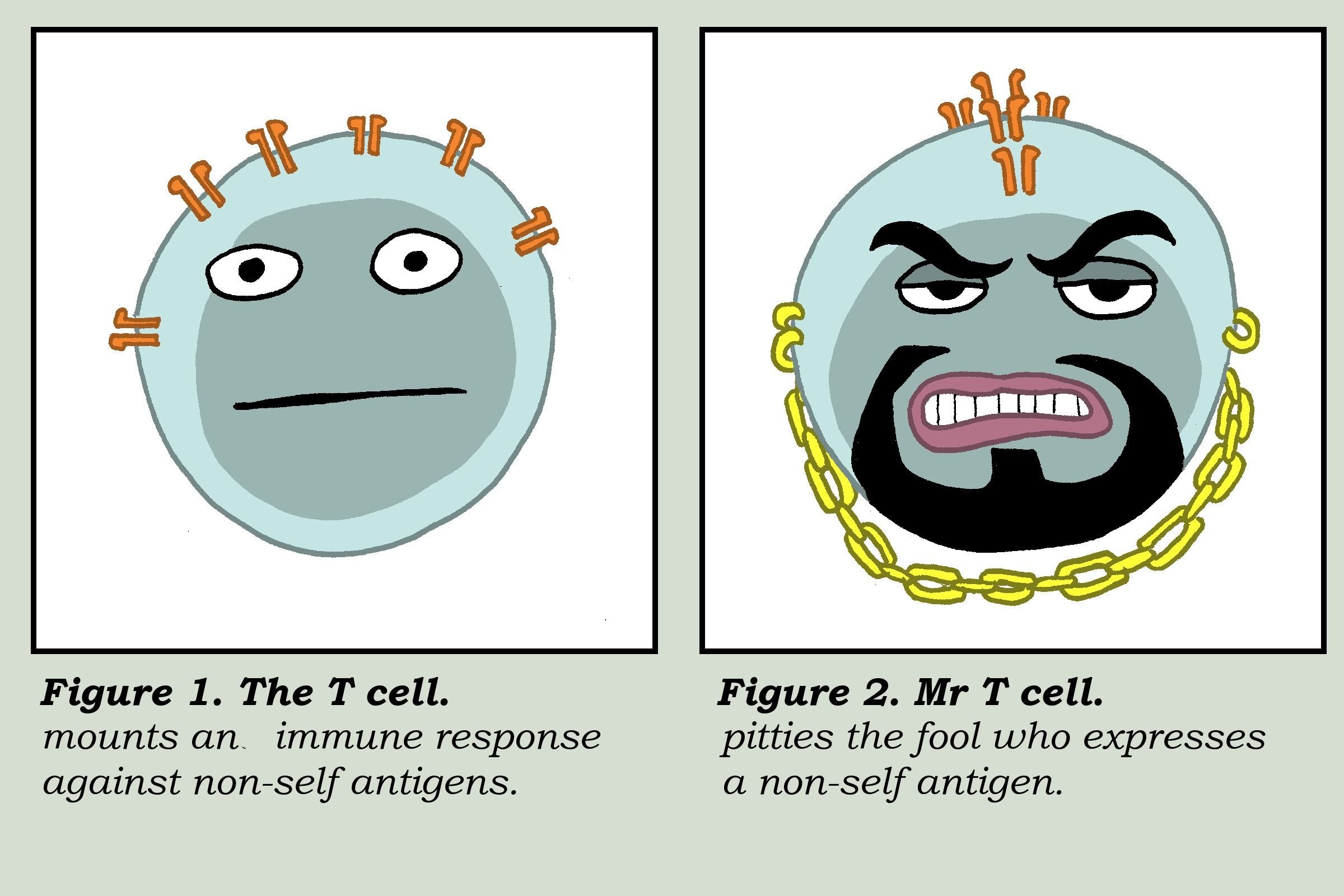The Anatomy of Allergies
Since Spring has started to roll out, I thought I would talk about the “science” behind allergies, mostly seasonal ones. Just to mention here, we can’t get into the “why” of allergies without talking about the immune system. You should also all know by now that the immune system doesn’t act alone either, it needs the nervous system too.
In the early 1900’s, the concept of the human immune system was beginning to take hold in the scientific community. At first, the immune system was thought to be solely based upon protection. Nobody would have ever thought that the very system that protects the body could also harm it. That is until 1906, when Clemens Von Pirquet, a Viennese scientist, produced a paper entitled, “On the Theory of Infectious Disease.”
In it, Pirquet makes the claim that symptoms caused by infection were not only the result of the actions of microorganisms and their toxins, but also the body’s response to them. As you can imagine back then, this theory was met with a lot of resistance. We know now that Pirquet was right; immunity can be protective or harmful in the case of hypersensitivity (if the exposed substance is benign.) In 1911, Pirquet took it one step further and noted that an allergic response is capable of change over time.
Today an allergy is defined as an inappropriate immune response to an otherwise harmless substance in the environment.
Anyone who experiences seasonal allergies or hay fever probably wants to curse every molecule of pollen or dander around them. These microscopic particles cause the release of histamines, which create some of the nasty symptoms of allergies. However, those people are not born allergic. Additionally, allergies don’t affect everyone. They’re caused when your body mistakes something harmless, such as pollen or a type of food, as a pathogen. Your body launches an immune response against it, causing you to experience allergy symptoms.
An allergy is the result of a “mistake” of the immune system. Your immune system is your body’s version of the military: sworn to defend against all who threaten it, both foreign and domestic. It has some really interesting “soldiers” that help make this possible. Your immune system protects against disease, infection, and helps you recover after an injury.
As stated above, an allergy develops due to exposure to outside stimuli. A person can develop an allergy to food – shellfish, milk, eggs, peanuts, etc. – medicines, insect-stings, pollen, pet dander, mold, dust mites, fungi and cockroaches, to name a few. The severity of the allergy can also fluctuate depending on the individual. An allergy can also develop at any time throughout life, with manifestation most often in children. Some can be outgrown, such as dairy, egg and shellfish allergies, while some are lifelong, such as allergy to nuts or pollen.
When the immune system encounters a benign allergen (pet dander, for example), it is usually met with a type 1 response. A type 1 response occurs when regulatory/helper T-cells identify the allergen as harmless. If the body mistakes the allergen (such as pet dander) as harmful, however, a type 2 response could occur…this is when we call in the “big guns” of T cells, see below:
(Can we talk about how awesome this meme is? Now you understand it right?!?)
Instead of regulatory T-cells, T-helper cells show up to stimulate the production of antibodies called immunoglobulin (lg) E molecules. These antibodies travel and attach to cells that release chemicals (such as histamine) causing inflammation. The first exposure to an allergen that results in a type 2 response is called allergic sensitization. Your body now becomes primed to produce lgE in large quantities at every future encounter with the allergen. Most people need two exposures to develop allergic symptoms but, on rare occasions, a person can develop an allergic symptom at the initial encounter.
Science currently does not understand the underlying biological mechanism that causes the immune system to mistake a non-threatening invader for a malicious entity. Scientists do understand that the two main factors an allergy needs to develop are exposure and genetics. Exposure is obvious – for one to develop an allergy to pet dander, one would have to be in contact with pet dander. But once exposed, genetics plays a key role in determining whether or not an allergy is developed. A person is more apt to develop an allergy in life if their parent is allergic. For example, if a person has an allergic reaction to pollen (hay fever), the likelihood that their child will develop an allergy is higher than a child with non-allergic parents. Strangely enough, the type of allergy does not transfer from parent to child. For instance, if a person is allergic to pet dander, their child won’t necessarily develop that particular allergy. The child may develop a food allergy, instead. The reason for this is just another mystery that science is striving to solve.
Treatment for allergies varies and includes something as easy as avoiding the allergen (which isn’t possible when it’s environmental) and ranges all the way to needing to carry an Epi-pen to keep you from going into anaphylaxis.
Most people would probably never associate think chiropractic care could help with allergies, but with so many benefits of chiropractic care, it shouldn’t come as a surprise! The main reason why this can be the case is that adjustments have an impact on the nervous system. There is a direct relationship between the nervous system and immune system - in part we are providing some “input” to both. The goal is always to make sure you’re more adaptable and that your nervous system is given an opportunity to work at it’s full potential. When it does, we can see a whole host of health challenges improve.

